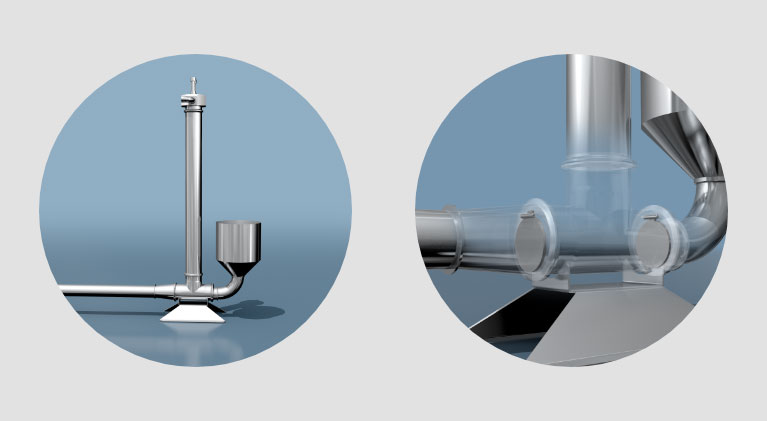Moving labor-intensive protein products down a production line such as trim meat, viscera, skin, hearts, livers or gizzards can be a messy business, but also one where inadvertent product losses can take place. The JBT C.A.T. Transfer Pump is a hygienic, low-maintenance and cost-effectiveway to move soft food products from point A to point B with minimal damage.
Suitable for a wide range of products, from marinated breast meat and tenders through to chicken wings and fish fillets, the Transfer Pump works by moving products suspended in liquid, which removes the risk of product being lost at turns and connection points, helping maximize yield in the process.
Complete control
“The C.A.T. Transfer Pump allows us to easily move a product that would otherwise be on a conveyor, but with the difference being there is less danger or products being lost or dropped, and they are going to sustain little damage during transportation from A to B,” explains Dustan Atkinson, General Manager for Primary Segment products at JBT C.A.T.

The system functions by drawing products from a hopper up a vertical tube. The product will touch a probe near the top of the tube, and once the connection is made the vacuum generator switches to charge mode and the product exits the pump. The Transfer Pump is also available in 4″, 6″, or 8″ diameter pump sizes to better meet the flow rates required by the customer.
Removing risk
According to Atkinson, control of yield is one of the system’s biggest plus points, in addition to precise feeding, both into and out of the pump. “This precision means you can effectively remove trim from waterjet cutting systems, and skin from deskinning machines along with transferring heats, livers and gizzards (GIB packs) from evisceration areas to designated pack out areas,” he says.
The Transfer Pump requires little to no maintenance, having only two moving parts, while being universally compatible means the system will work within any line, even non-JBT machines. In addition, the solution’s simple, stainless-steel construction enables easier cleaning and maintenance, Atkinson concludes.

